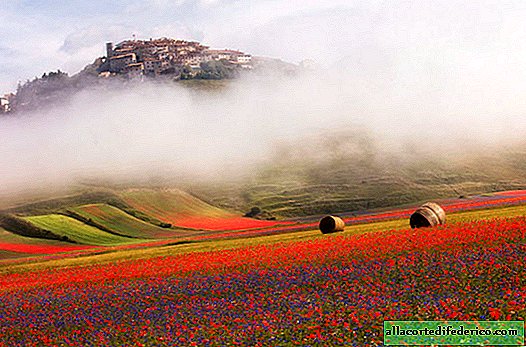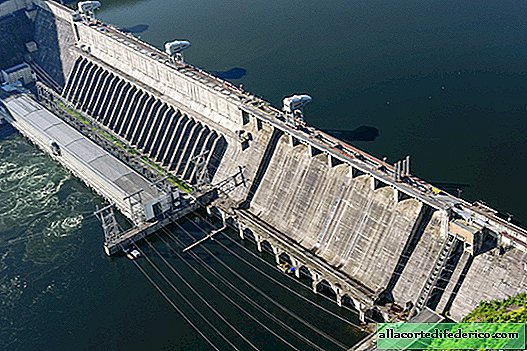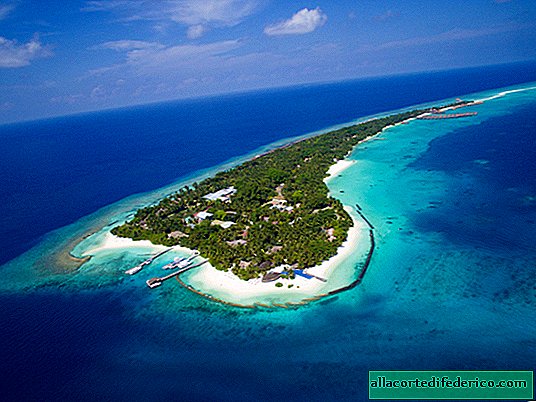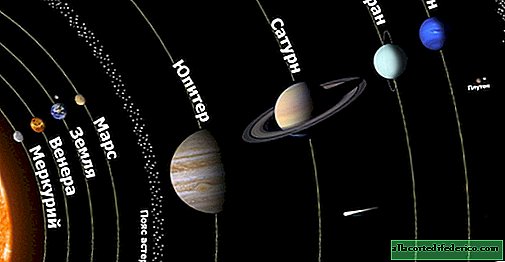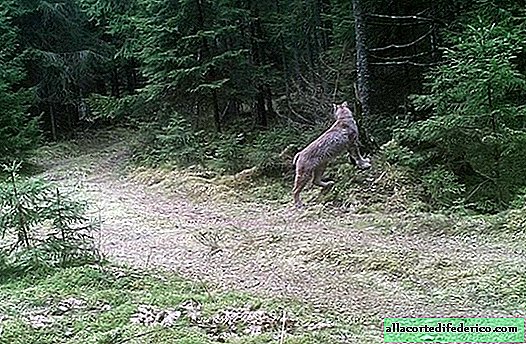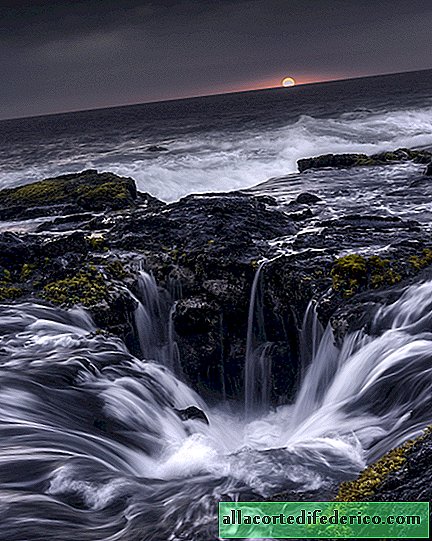The appearance of the Sahara was provoked by ancient people
The Sahara was not always as dry and lifeless as we know it today. It turns out that quite recently (by geological standards) this territory was full of life, and herds of ungulates roamed its vast green expanses.
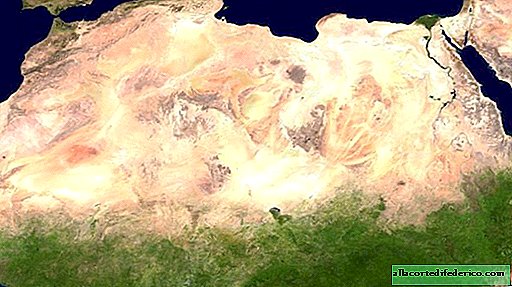
Sahara is the largest desert region of our planet. Its area exceeds the territory of Australia, and the abundance of lifeless sand delights and fascinates anyone who first came here. In the distant past, during the Mesozoic, the Tethys Ocean was located on this territory. The remains of this vast reservoir today are the Mediterranean and Black Seas, as well as the Caspian Sea Lake. The presence of the ocean here is evidenced by the numerous remains of whales and other marine animals found in the Sahara. In the course of computer modeling, scientists were able to restore the climatic picture of the Paleolithic era. According to researchers, only some 10-12 thousand years ago, the climate in this part of Africa was quite humid, and the natural conditions here resembled a zone of savannahs and steppes. People who lived in the Sahara at that time were engaged in cattle breeding and farming, crocodiles and hippos lived in full-flowing rivers, and herds of ungulates overshadowed the sun. This is evidenced by the numerous rock paintings of the Paleolithic era, found in the Libyan desert in the Sahara. About 7,000 years ago, this region entered a period of climate drainage. Rainfall began to fall less and less, air temperature increased, plant resources were depleted, and numerous animals began to leave these areas in search of food.

But recently, supporters of the natural origin of the Sahara are becoming less and less, and the vast majority of researchers in this amazing region believe that the anthropogenic factor could have caused such vast lifeless spaces. It turns out that already in those distant times, man was able to change the face of our planet beyond recognition. Scientists believe that the ancestors of modern Tuareg and Berber, who lived in the Sahara, mainly engaged in cattle breeding, the benefit for this was plenty of plant resources and water. But at some point the livestock reached such proportions that the pastures began to degrade. Overgrazing and reduction of woody vegetation for new pastures served as an impetus for the degradation of the soil layer and desertification of this territory. It is interesting that some other vast deserts of our planet (Arabian, Tar, Karakum, Gobi) arose on the site of the developed cattle-breeding civilizations of antiquity.
Of course, climate change on our planet could accelerate the process of desertification. But the main factor that provoked the emergence of the Sahara, most likely, was human activity. This version is also supported by the fact that the area of the world's largest desert continues to grow steadily, and the southern border of the Sahara for the period from 1958 to 1975 moved towards the equator by 200 kilometers.
As it turned out, mankind has negatively affected the environment for more than a millennium. And our task is to leave a flowering planet for future generations, and not a lifeless desert unsuitable for life.







